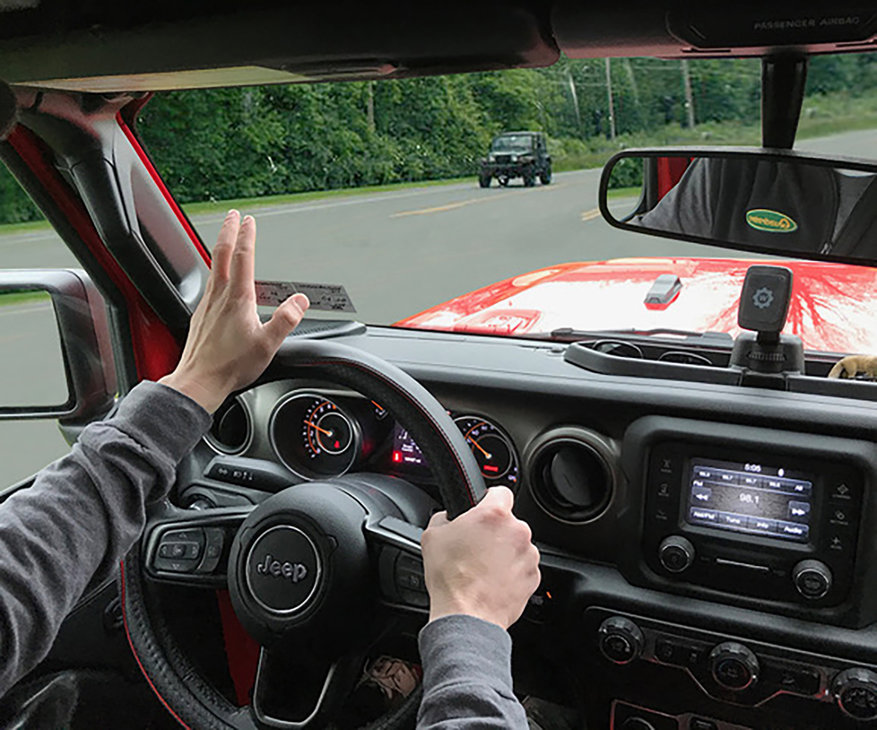by Scott Ammerman
Senior Torque Correspondent
It used to be something that Jeep owners just did in passing. The wave. A signal of appreciation, of understanding, that you both owned something that simply stood out more than the normal vehicle and, thus, needed to be acknowledged.
Neither owner may have understood where the whole thing started, but nevertheless they knew it had to be done.
As YJs and TJs turned into JKs, and now into JLs and JTs, sales numbers of those newer vehicles began to dwarf anything before in the storied history of Jeep. Hundreds of thousands of new Jeep owners each year for nearly all of the past decade.
And with that massive influx of new vehicles on the road, many now were powered by those getting into the Jeep space for the first time — enticed perhaps by the vehicle’s rugged image and scrappy attitude, but yet not knowing some of the nuisances that make a Jeep, well, a Jeep.
Like the wave.
You see forum and social media posts quite frequently now asking if the Jeep wave is dead, or what happened to the concept. And while many think it is because there is a different kind of owner these days, it really could just be one simple thing.
They may just not know.
So, what is the wave? Well, the whole thing could be drained down into one thought.
“It's a Jeep thing.”
A respect, like we said before, that you and that other driver are piloting something with a rich history and storied background.
Depending on the individual, and sometimes the geography where the wave is taking place, the process may take several different forms. There is the normal hand up wave, or a ‘two fingers raised from the steering wheel’ salute, a full-blown wave out the window or missing door, or an emphatic gesture of greeting from all vehicle inhabitants. Any, and all, are possible.
Over the years, there has been much speculation as to the origin of this practice. Many believe it started in World War II when the original Jeeps were running supplies, personnel and critical equipment between command centers, supply depots and the front lines.
It's not much of a jump to assume that soldiers returning from the theater of war could continue the practice once they purchased their own Jeeps for civilian use.

Other people believe it's just the acknowledgment of a shared passion, as our Jeeps mean more to most of us than simply a “point a to point b” vehicle. After all, MB, CJ and Wrangler models are some of the most instantly recognizable vehicles on the road, and are certainly among the most modified.
When it comes to waving, there has been some discussion through the years that those with stock, or newer, Jeeps should be the ones to initiate the wave. Sort of an homage thing towards owners with older, or more built up Jeep vehicles.
In reality, though, it does not need to be overthought or complicated, or even confusing. You pass someone in a Jeep — wave. Or return that wave.
When it comes down to it, a wave is simply a wave and will be appreciated no matter who instigated the thing, or who has the nicer, bigger or more historical Jeep.
Just remember though, you may not always be in a Jeep so if you keep that waving up, you could get a few strange looks.
Related Articles:
Five Things To Do Today In Your Jeep





















